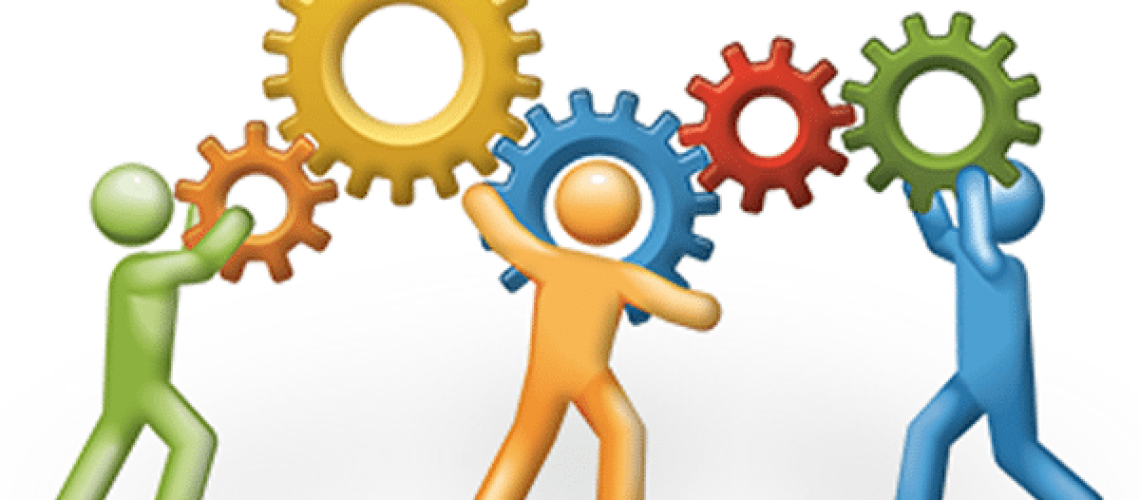Meeting effectiveness is a complex topic. There are process elements and dynamic elements. To improve the effectiveness of meetings, you need to look at both. Why team members may judge meetings as ineffective will vary, but when you discuss it with the team, you can uncover common threads that point to the root causes.
Strengthen meeting process
There are four common process factors to get right when you want to improve the effectiveness of meetings.
Use agendas effectively. Agendas focus the team and ensure that the most important matters get discussed. They should outline priorities, key questions, and the intended outcomes for each topic.
Assign a chair or driver for each section. Someone needs to be responsible for architecting each section of the meeting so that thought and attention are given to how the conversation will flow. This keeps the discussion focused and productive.
Provide pre-reads with framing questions. Well-prepared pre-read materials help team members come ready for discussion. Framing questions guide their preparation and make the conversation more targeted.
Clarify the decision-making process. Decide in advance who will make the decision, how it will be made, and what kind of input is needed. Clarity on decision rights transforms slow, frustrating meetings into efficient, decisive ones.
Improve meeting dynamics
Even with a strong process, dynamics can make or break meeting effectiveness.
Resolve unresolved conflict. Ongoing tension can show up as repetitive, unproductive exchanges. Addressing these issues directly prevents them from derailing meetings.
Ensure discussions lead to decisions. Some teams circle a topic without moving forward. Work toward closure so that discussions produce outcomes rather than endless debate.
Foster trust and psychological safety. People need to feel safe to speak up and take risks. Hostility from a leader or team members can silence voices, reducing the value of the meeting.
Engage the team in improving meetings
Improvement starts with honest conversation. Ask the team what is not working and invite their suggestions for change. Listen without immediately advocating for your point of view. You might be part of the problem. Ask for feedback on how you can adjust your own behavior to help improve the effectiveness of meetings.
Once you have input, identify a few action items that can lead to quick wins. These visible improvements will build momentum and encourage the team to keep refining how meetings are run. Given how much time teams spend in meetings, the payoff can be significant.
Want a Fast Way to Improve Executive Team Effectiveness?
Executive team effectiveness is not just about individual talent. It’s about how the team operates when stakes are high and time is tight. If you’re looking for a fast, focused way to understand how your team is really doing, reach out about our Team Effectiveness Profile (TEP). It’s a simple tool that gives you immediate insight into what’s working, what’s not, and where to focus next.
If your executive team is aiming to reach the next level of performance, we can help. At KSE Leadership, we work with senior teams to strengthen trust, sharpen execution, and improve how leaders work together. Whether you’re navigating change or preparing for growth, we’ll help you build the habits that drive lasting executive team effectiveness.


Comments are closed for this article!